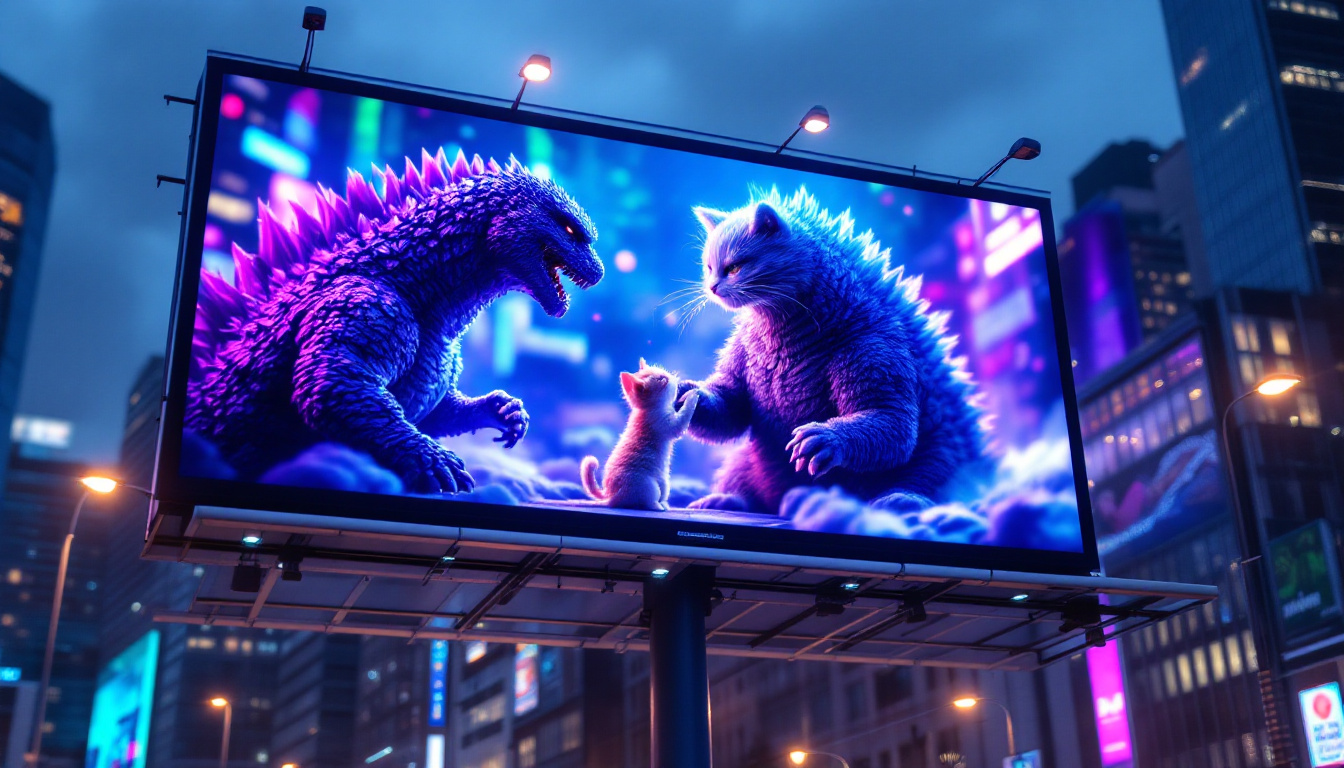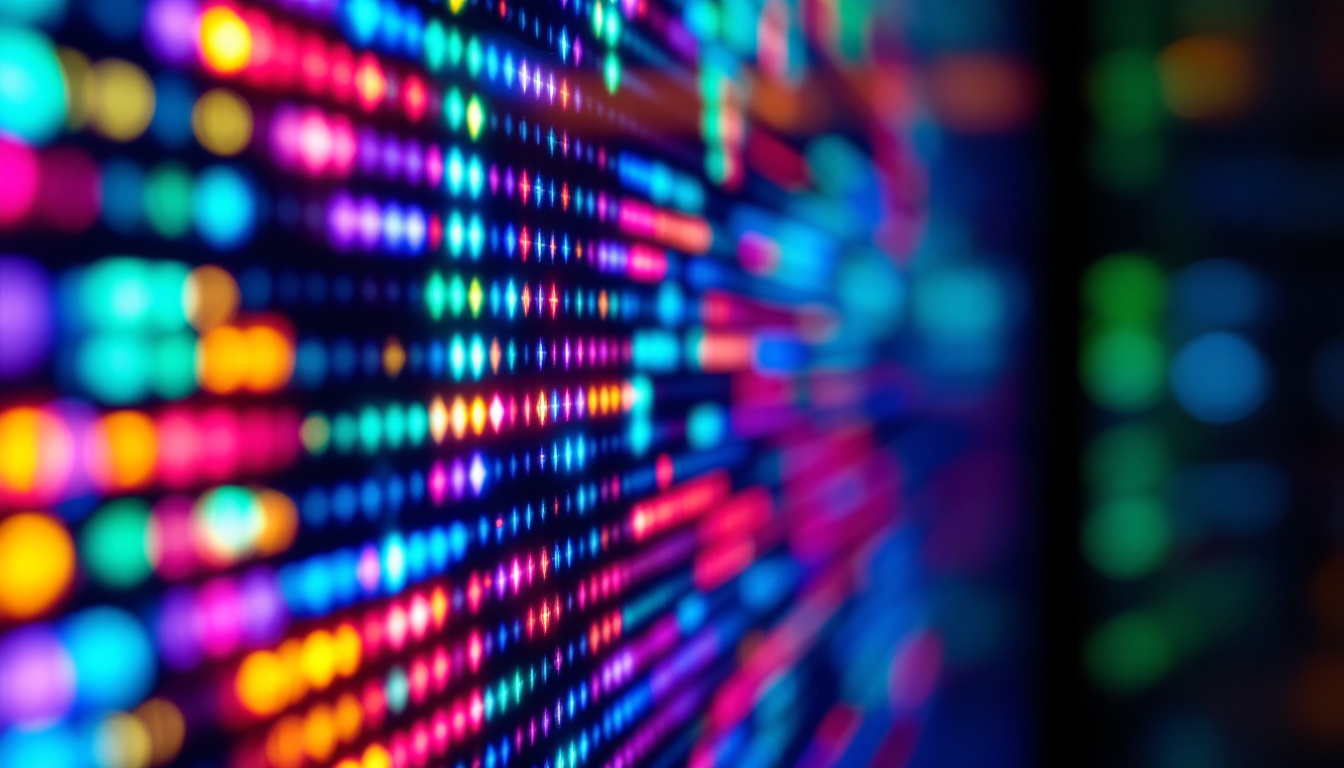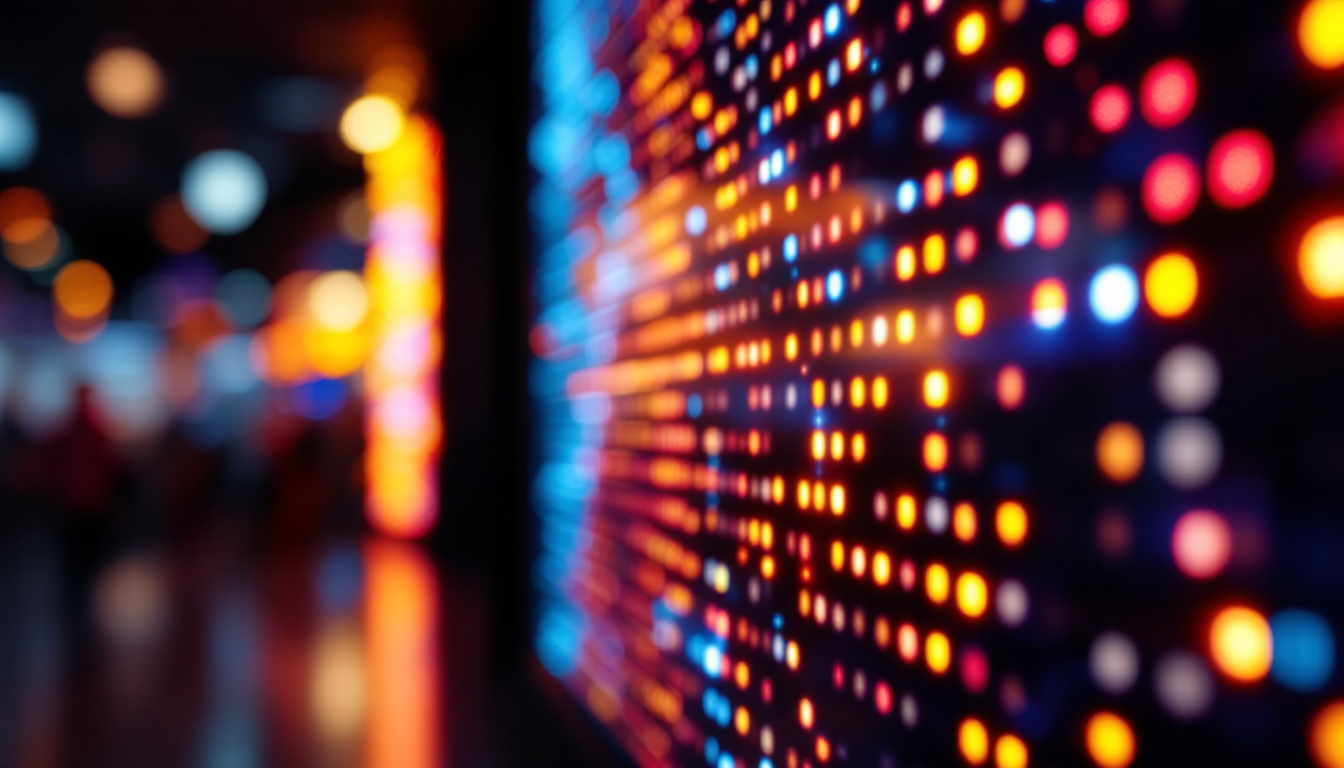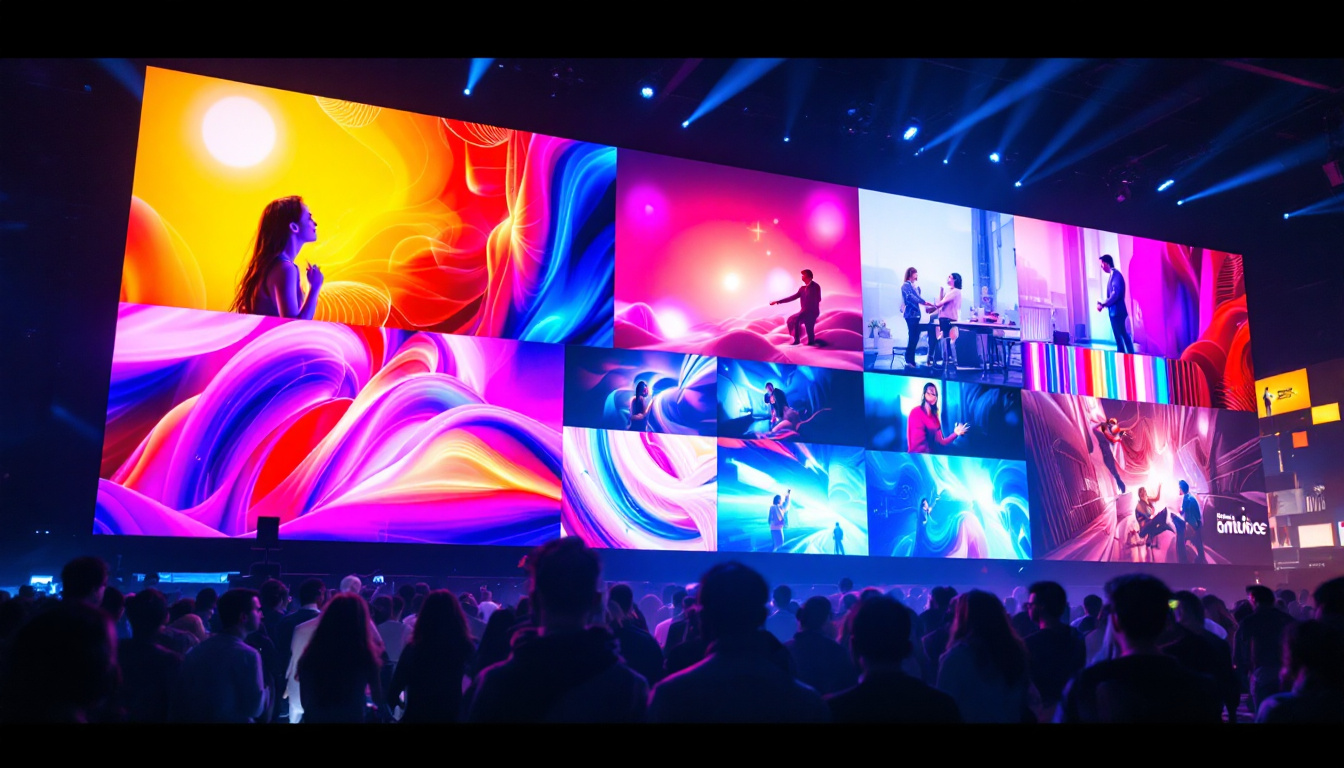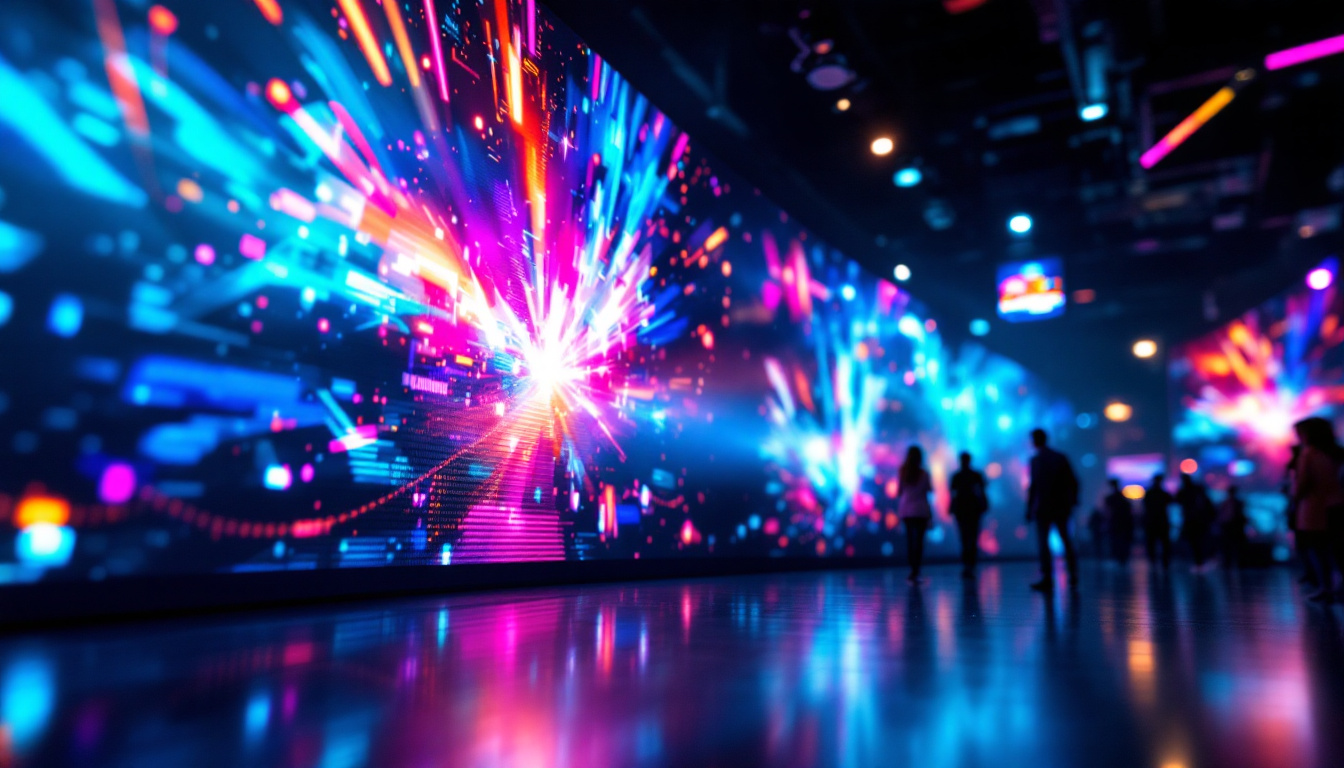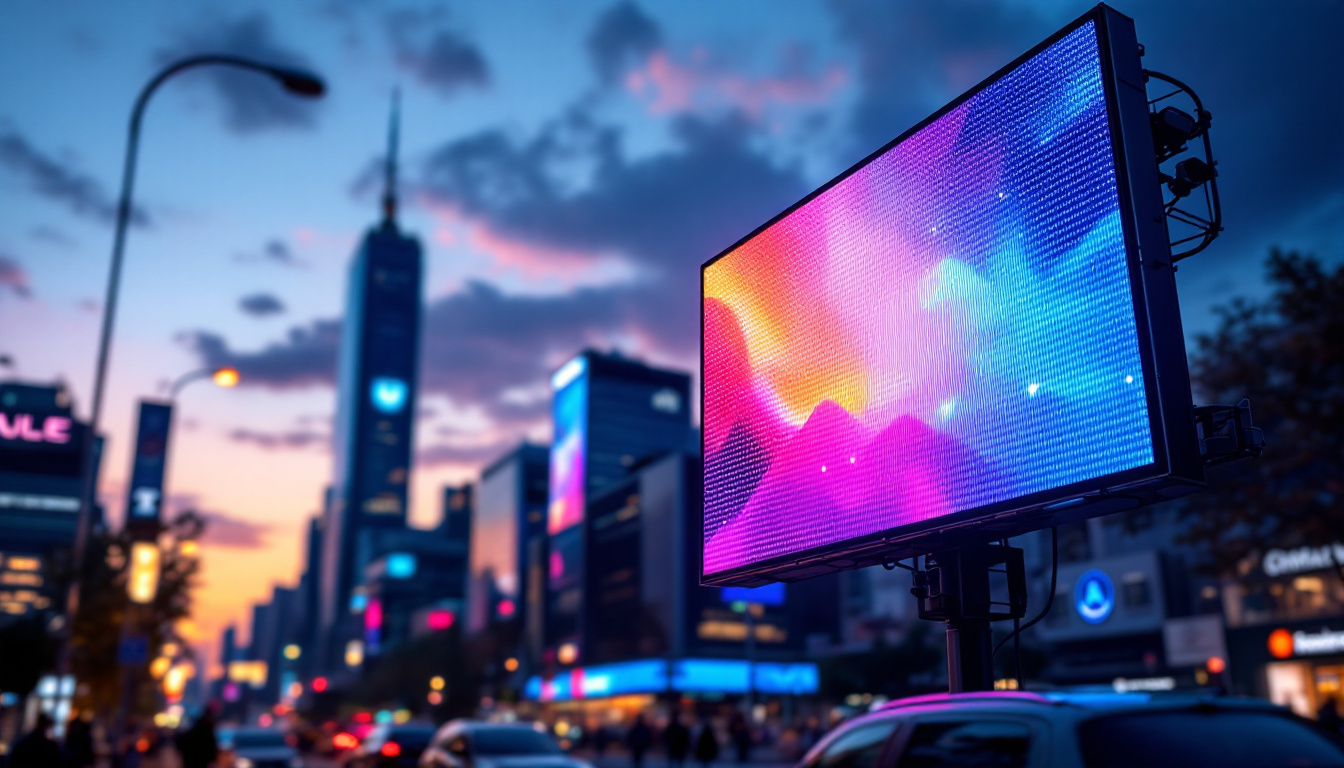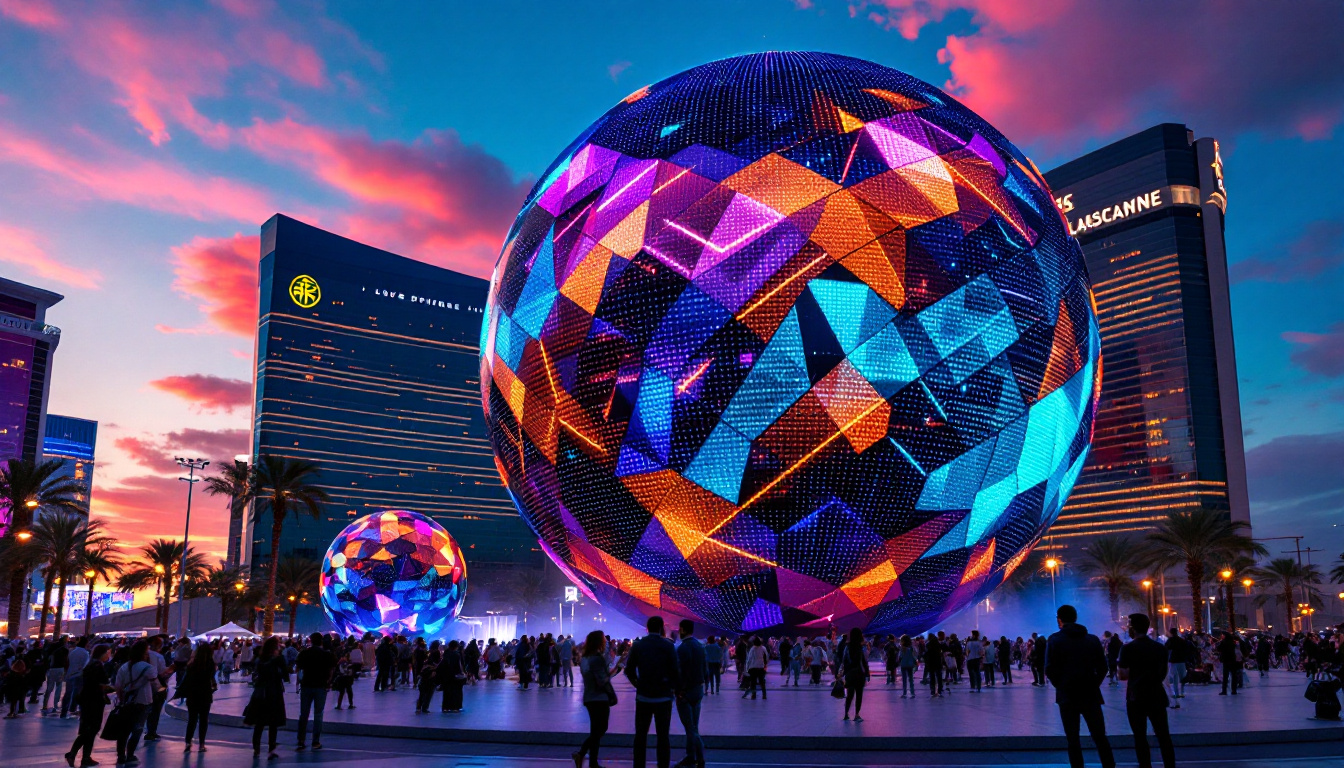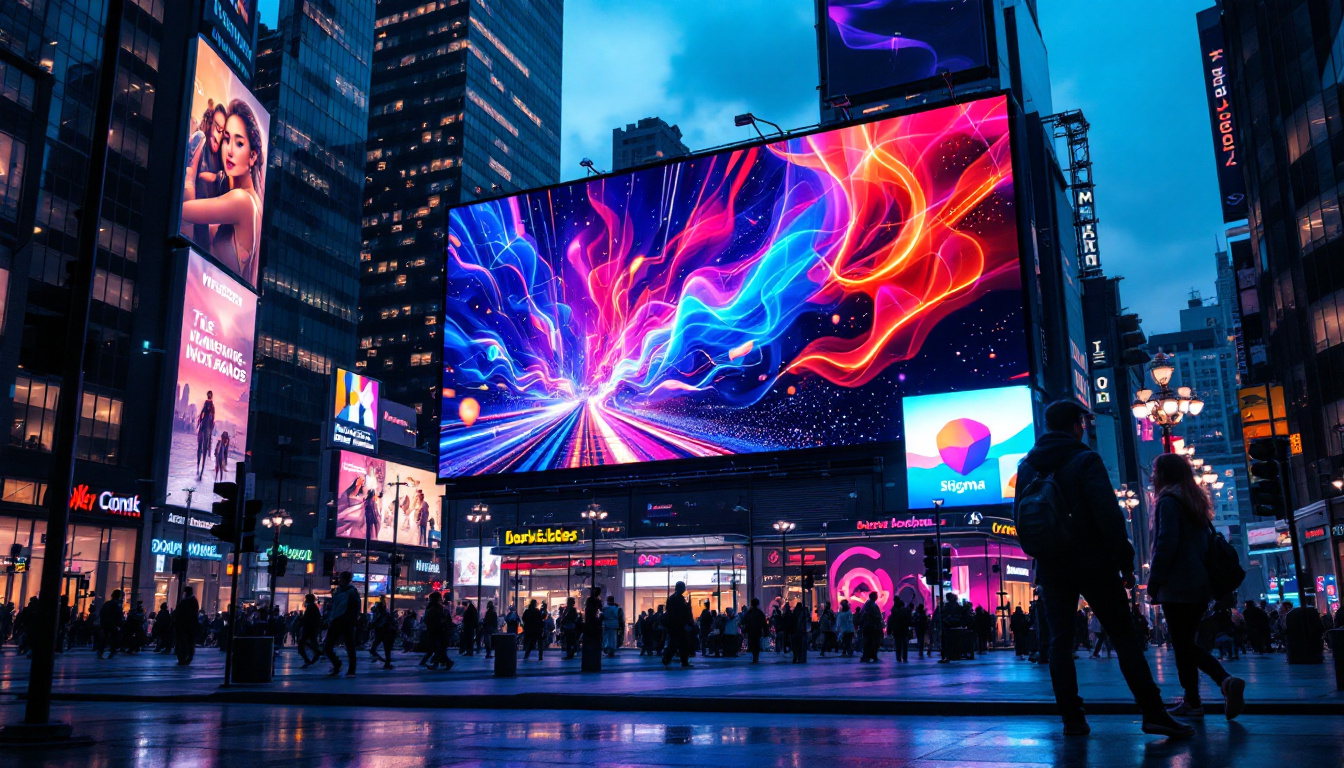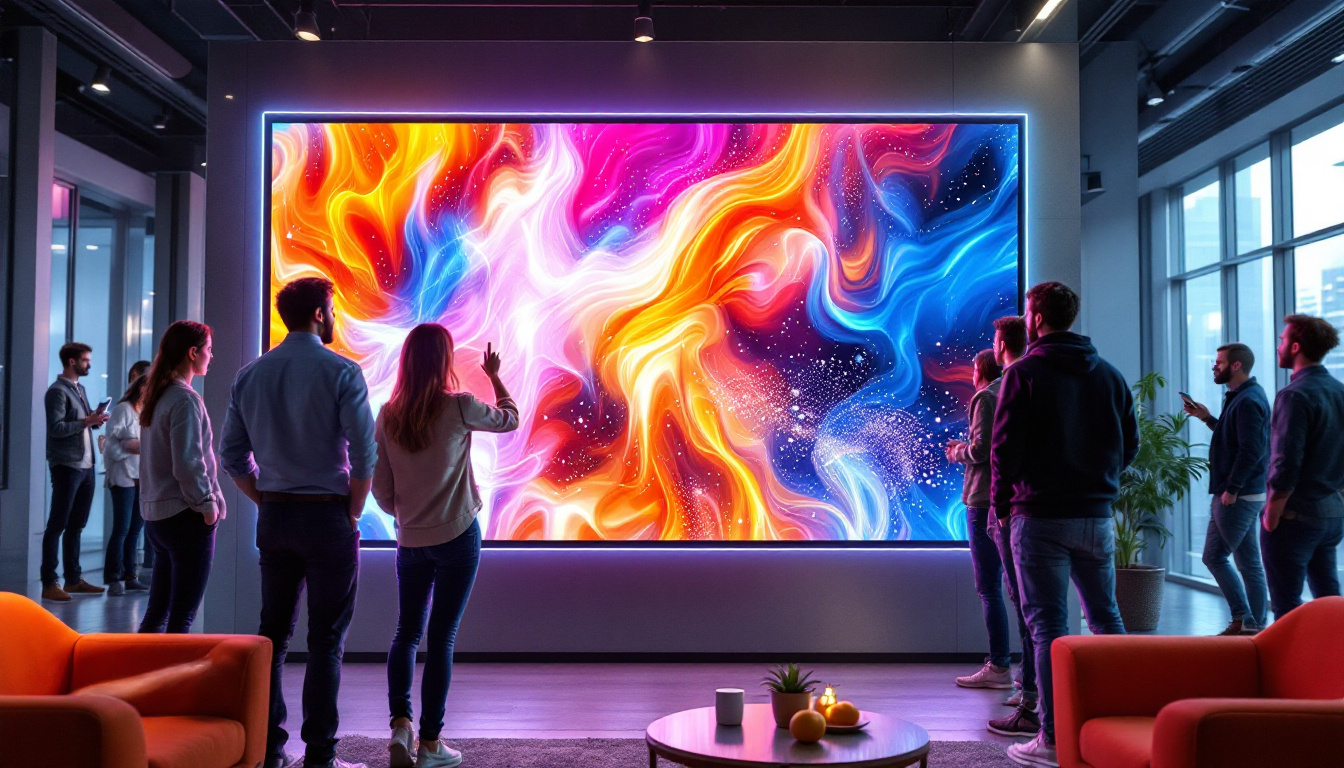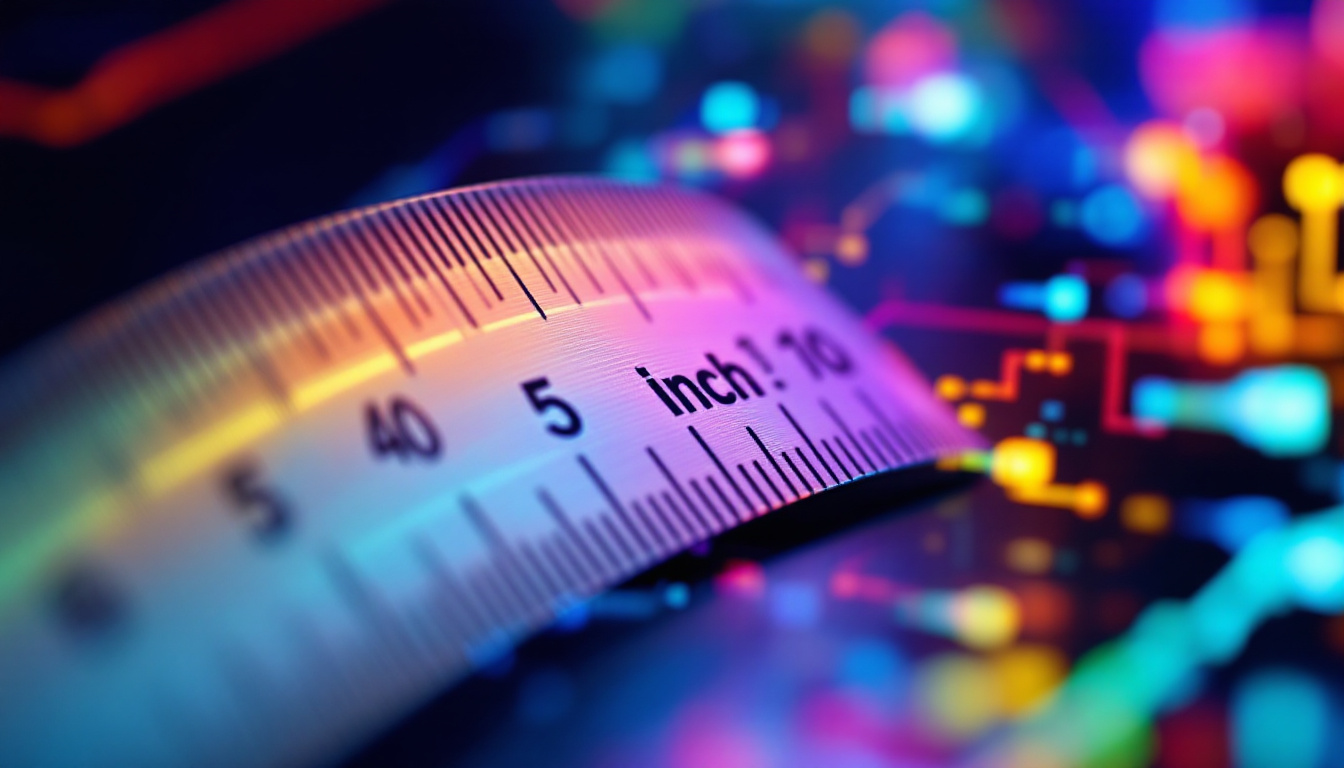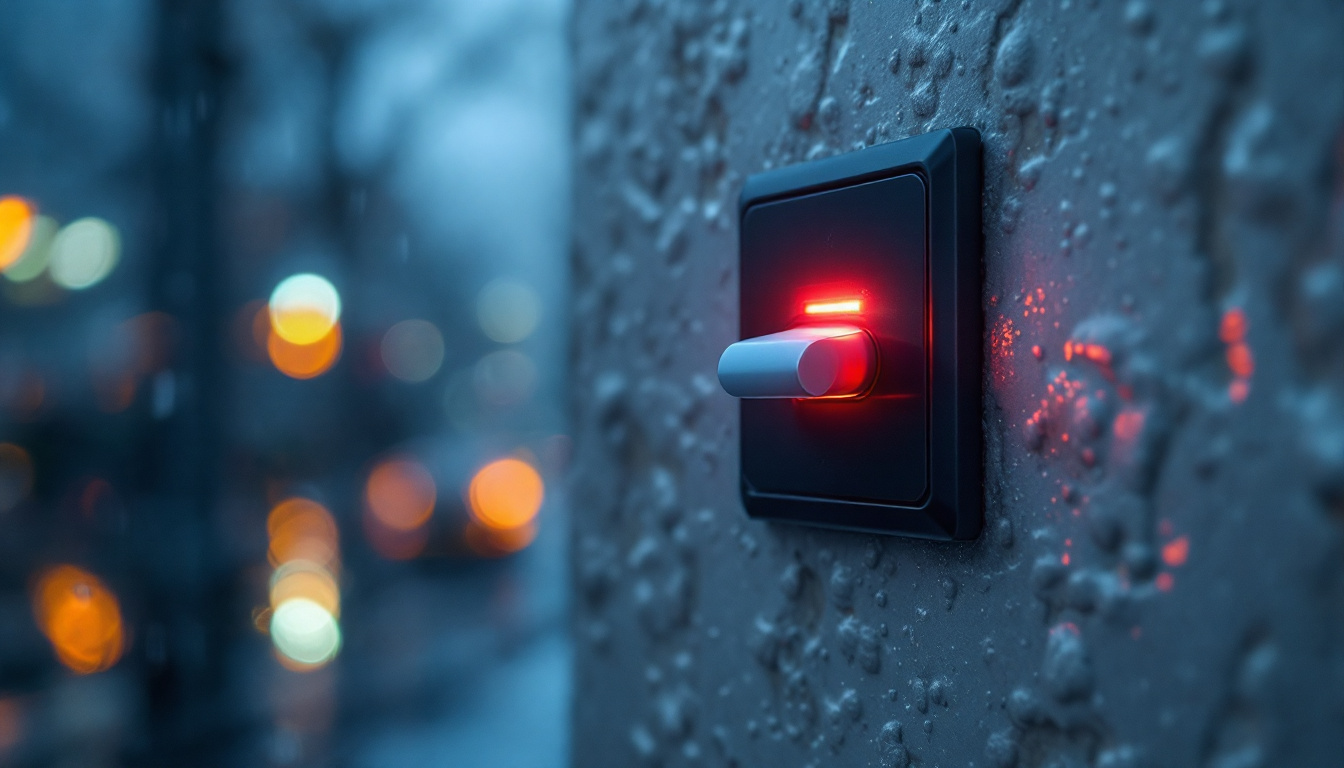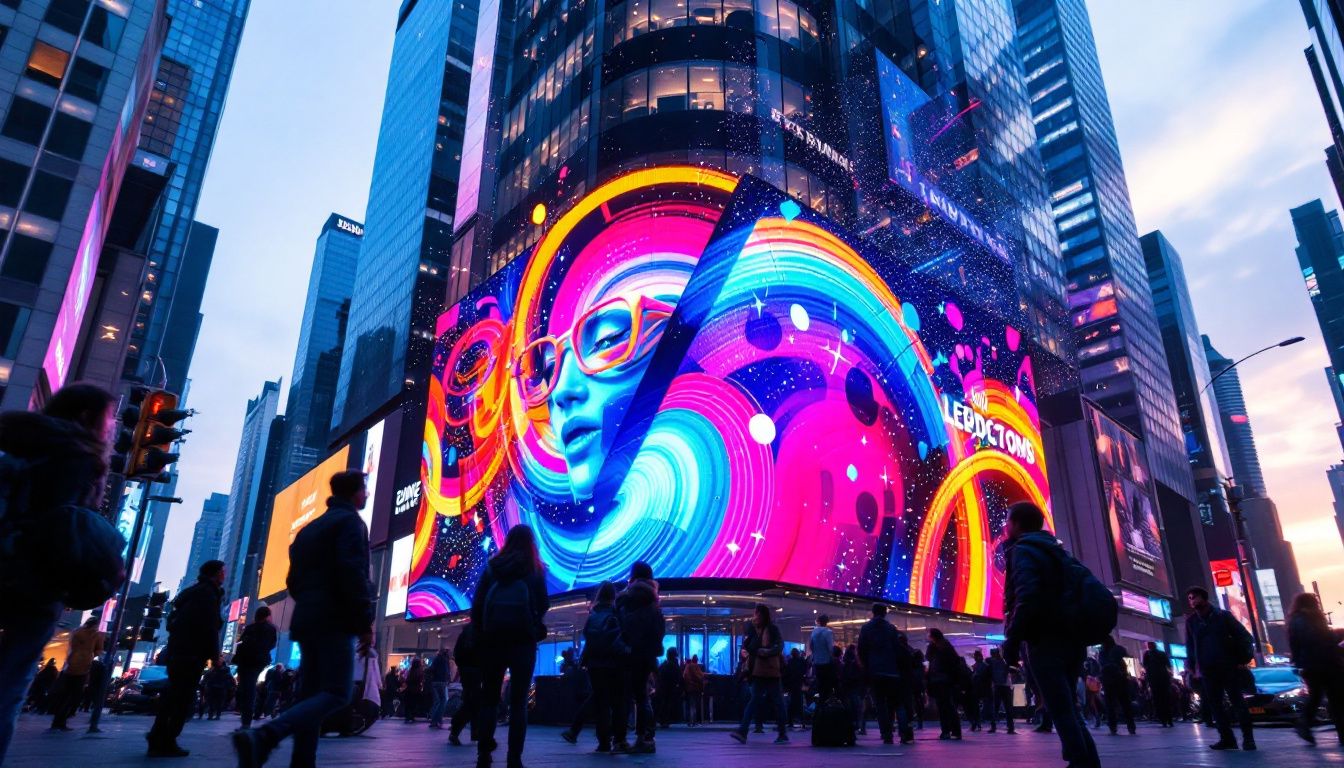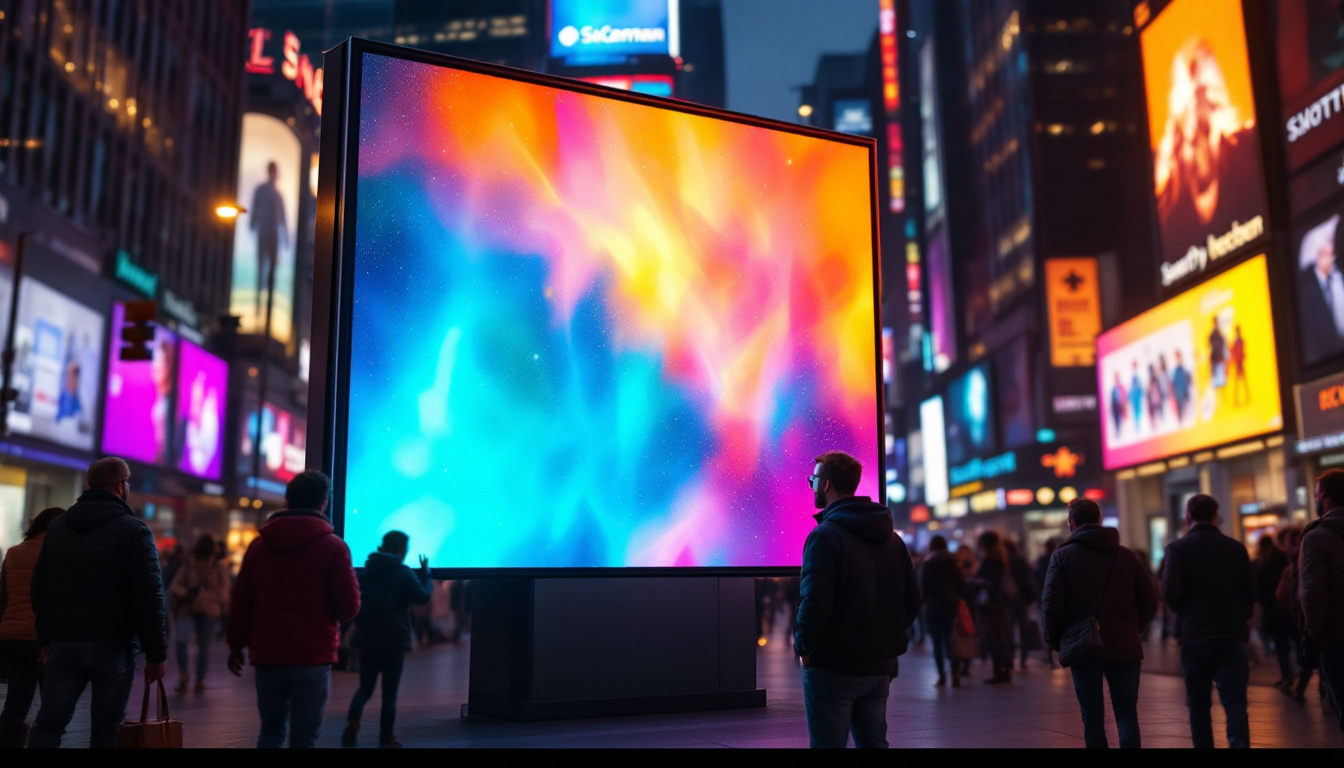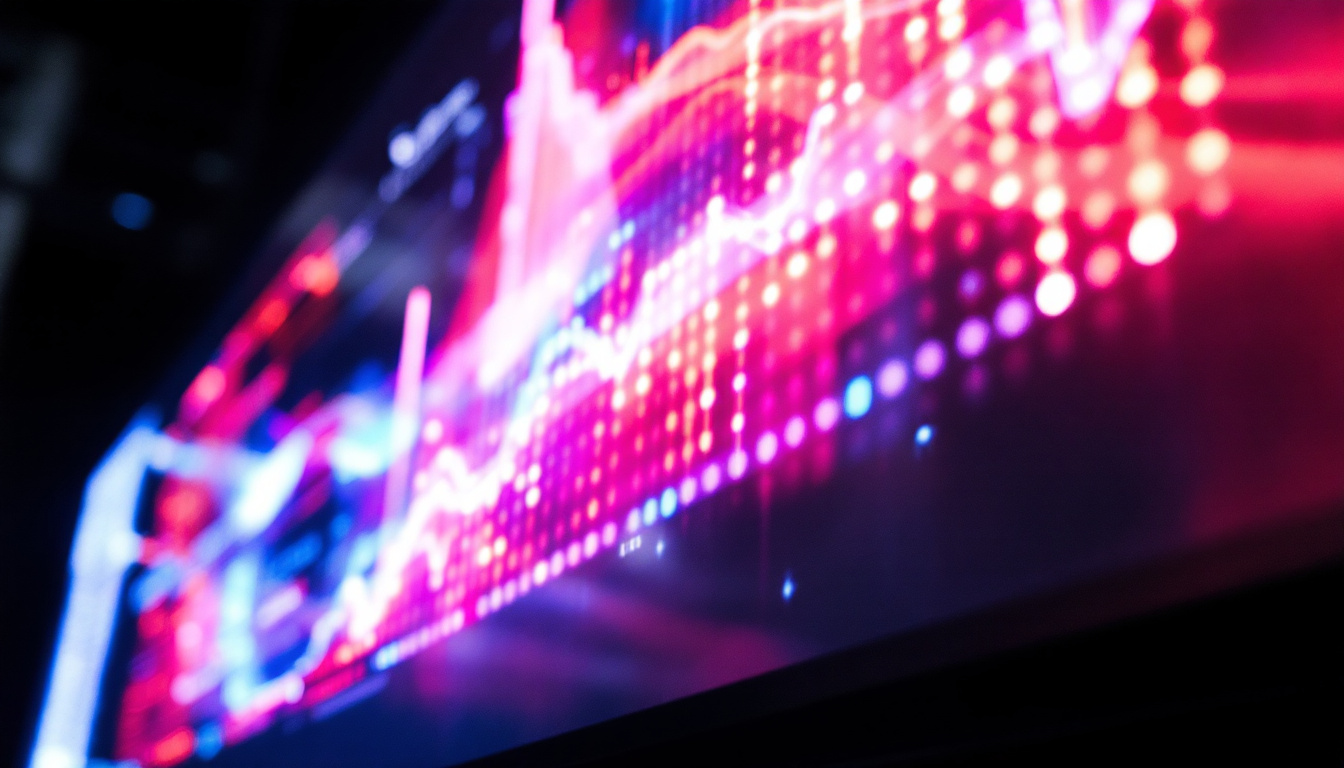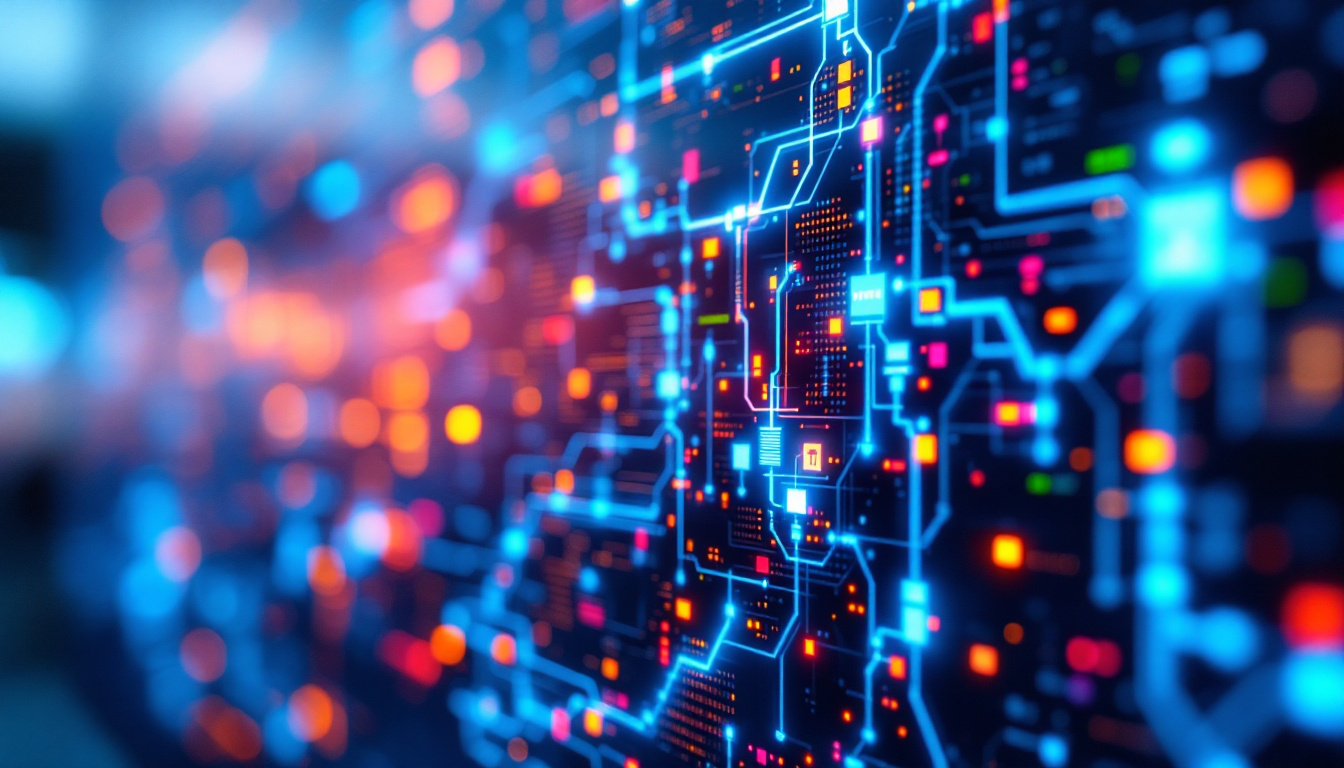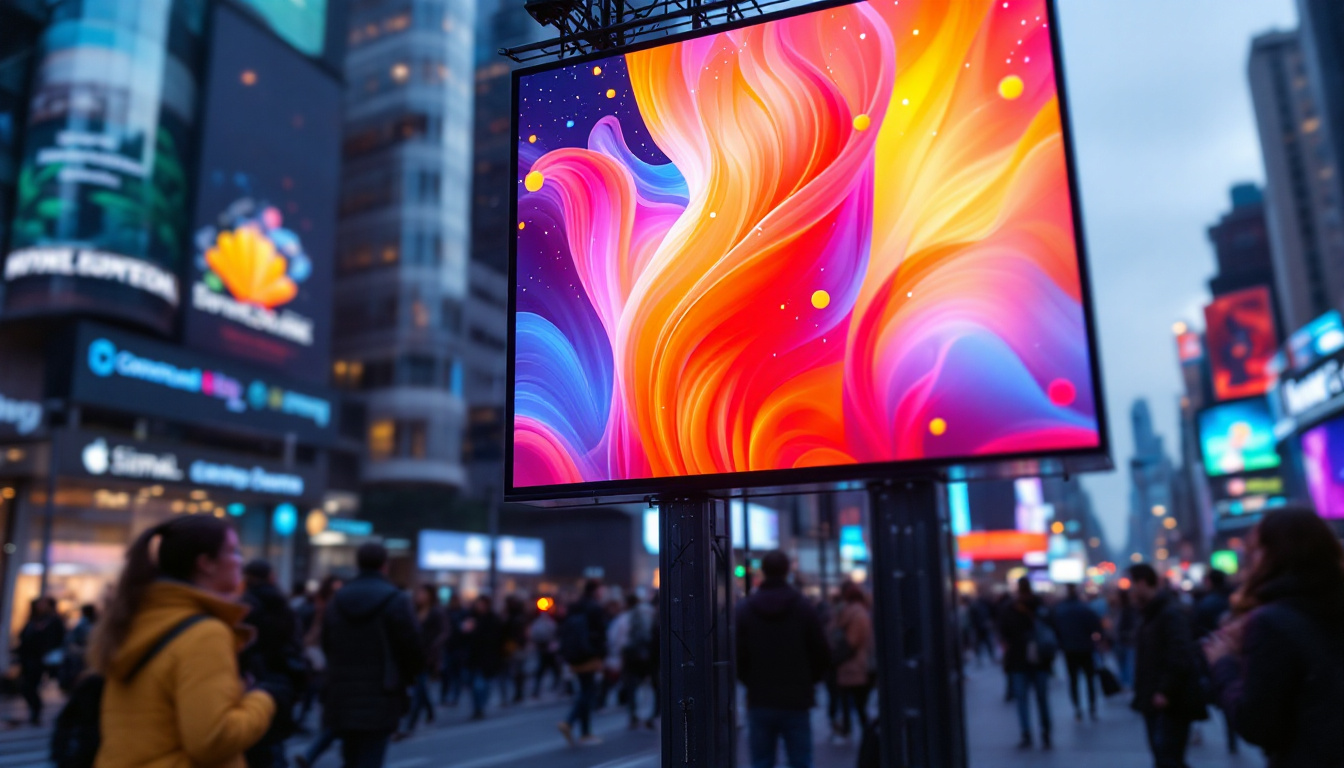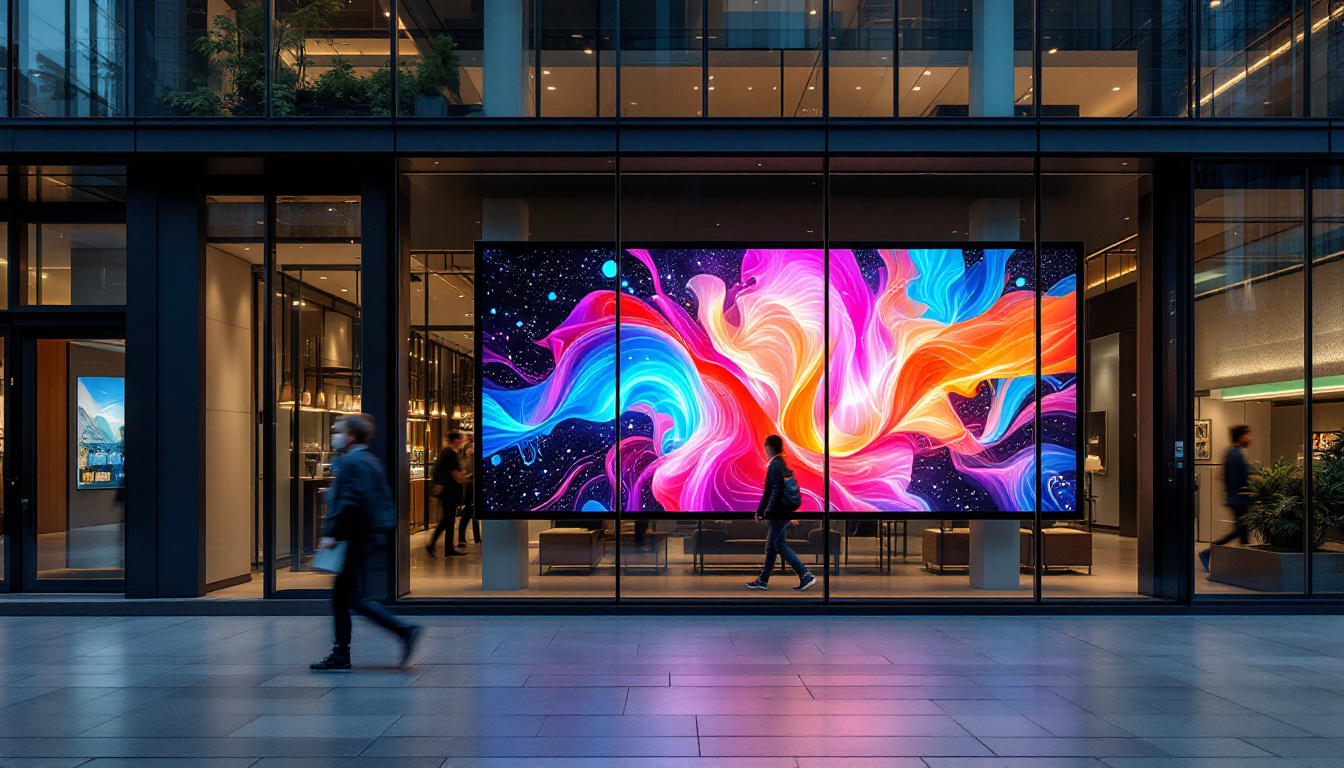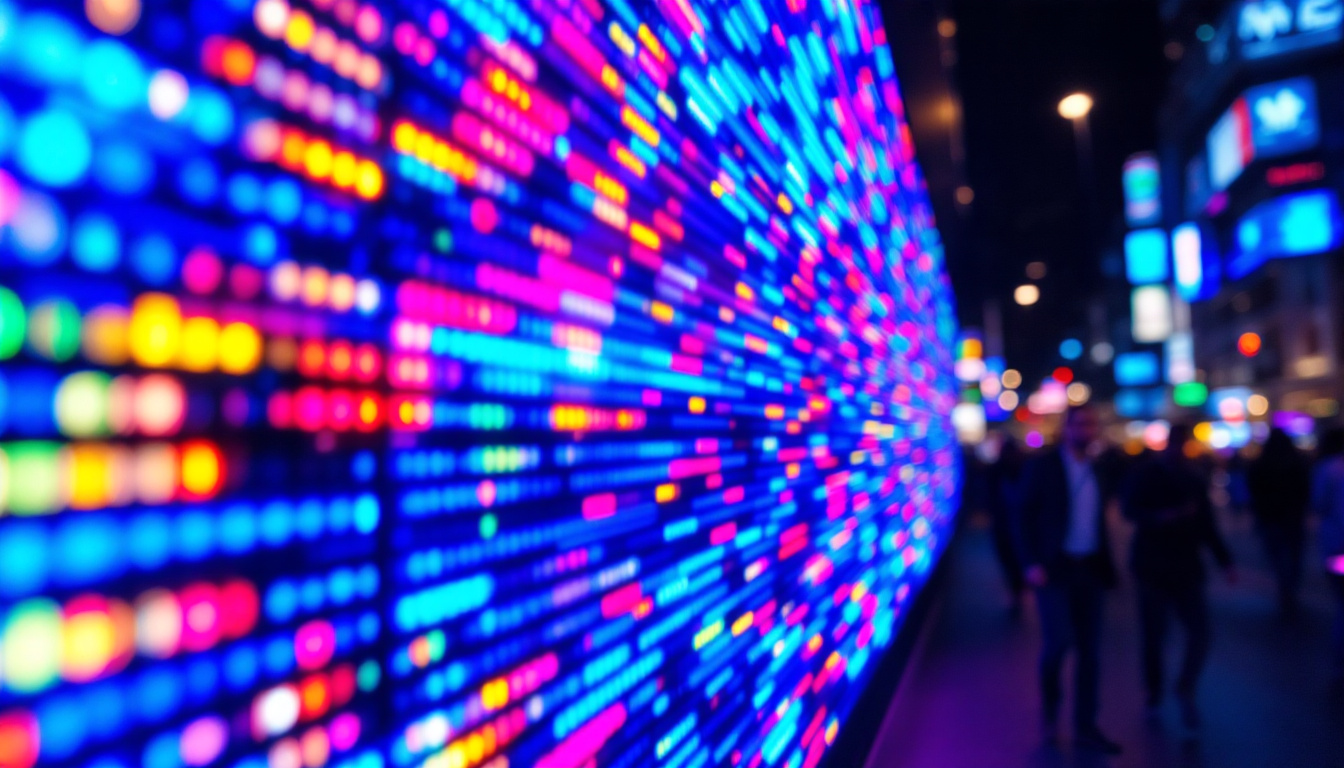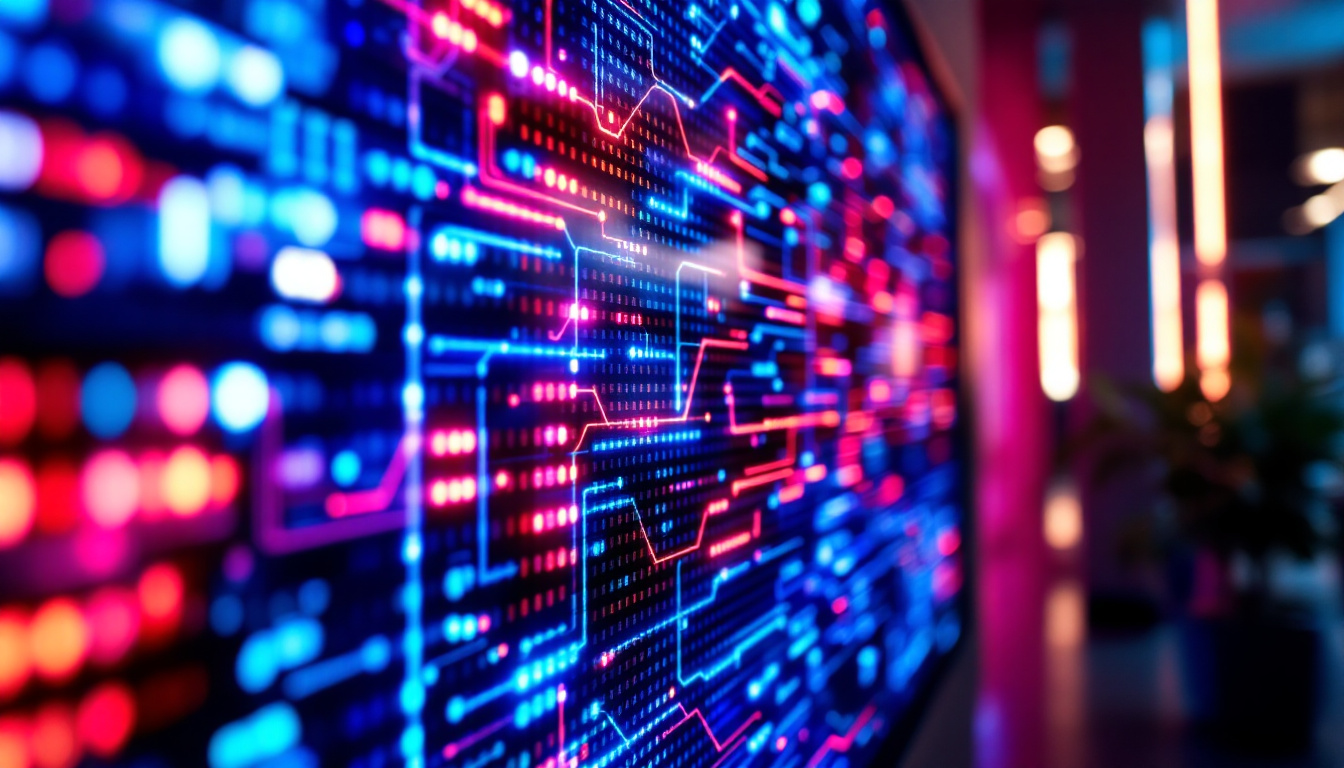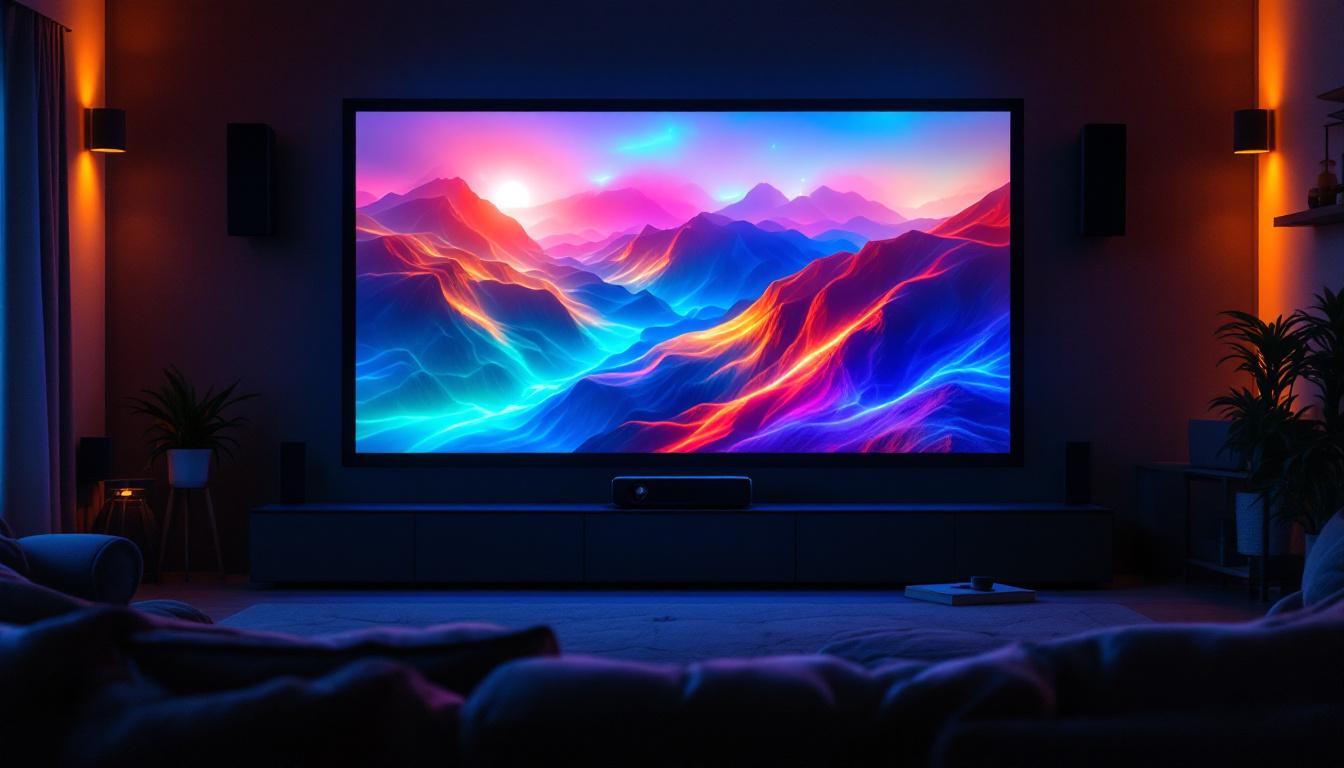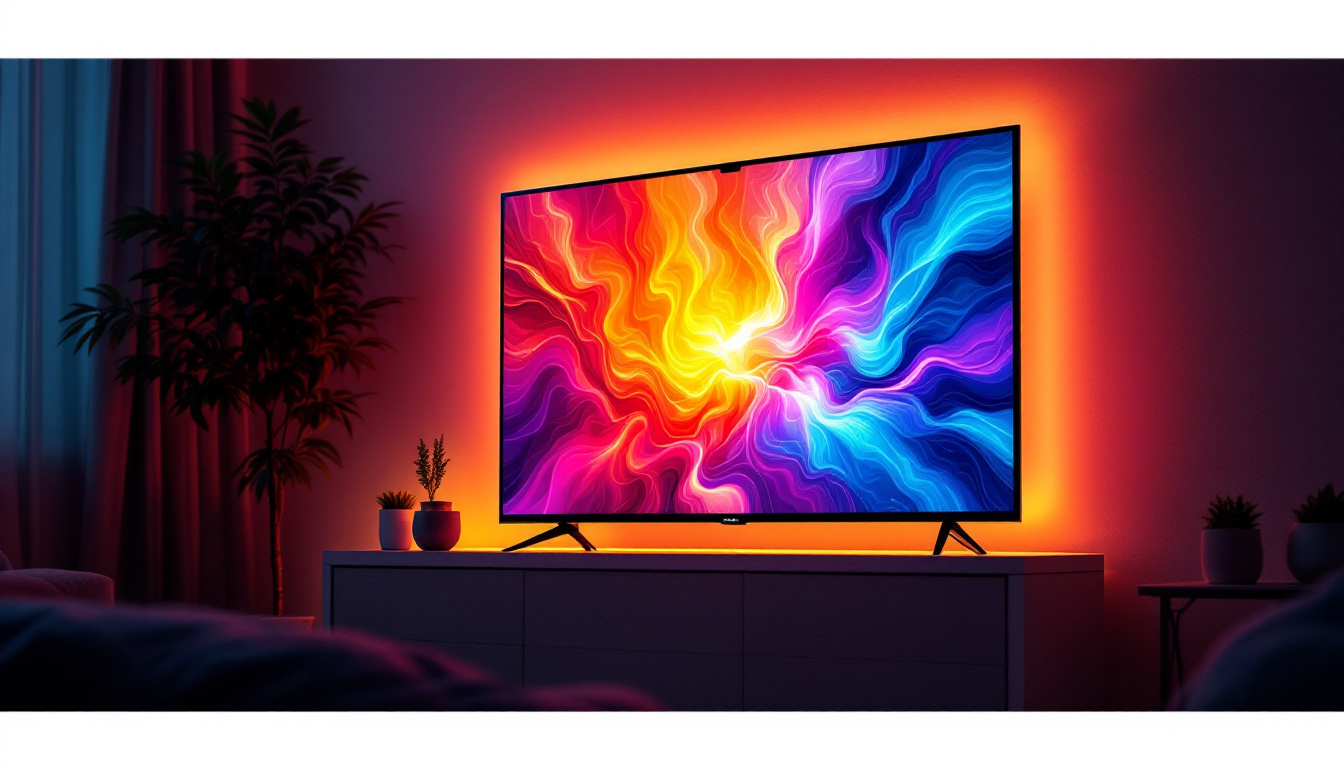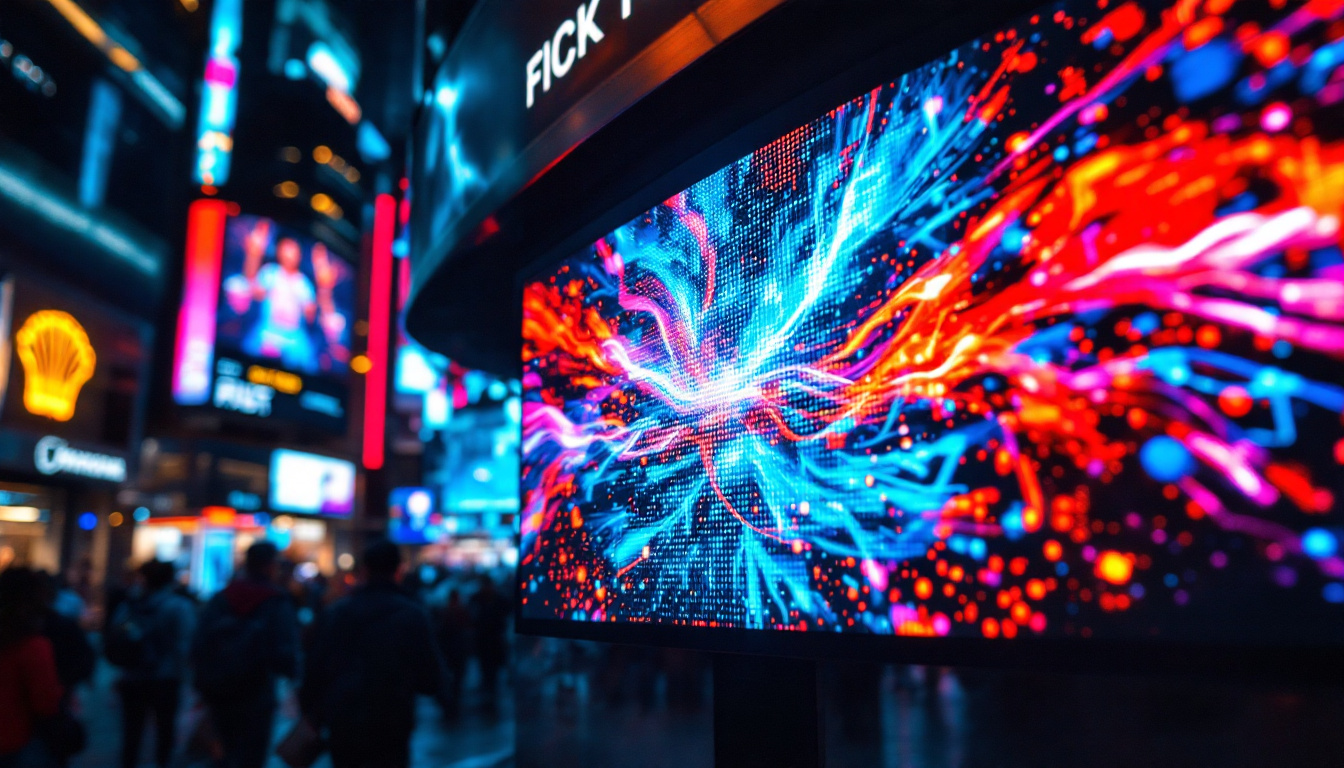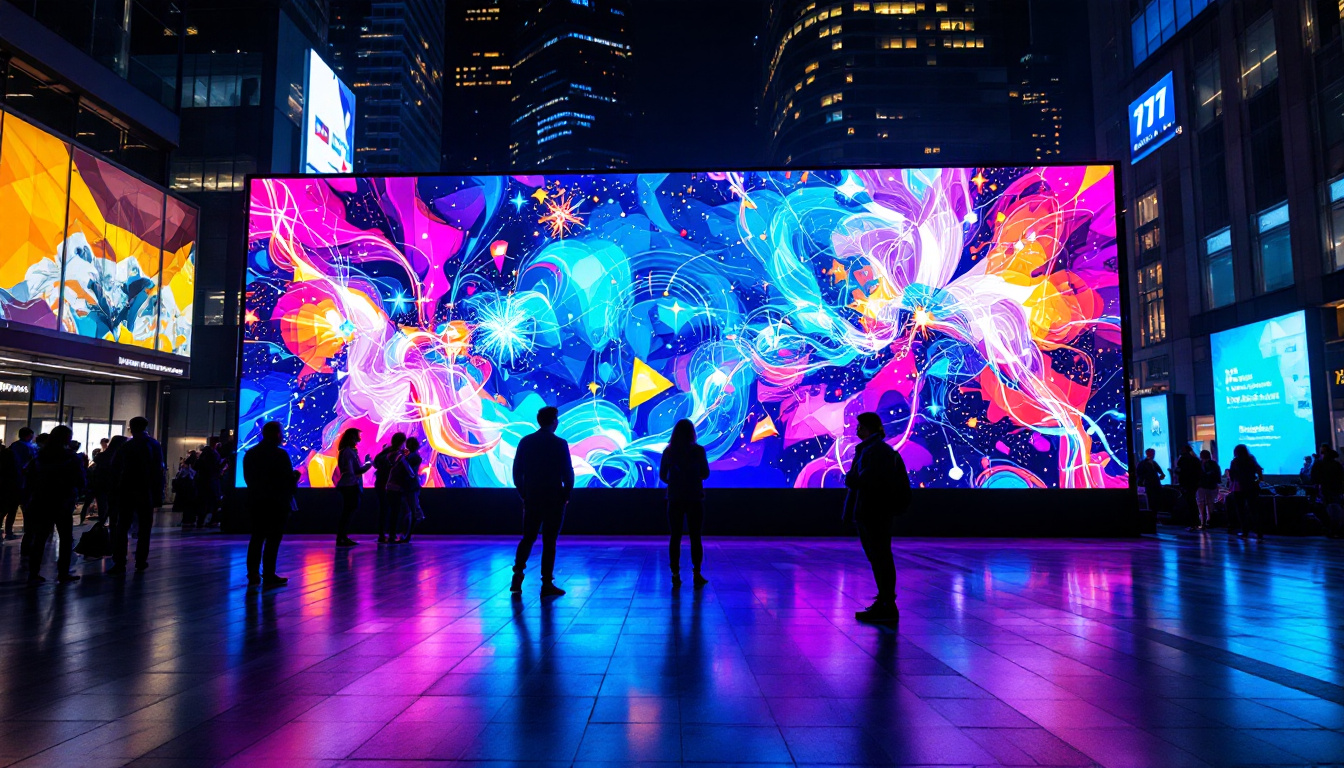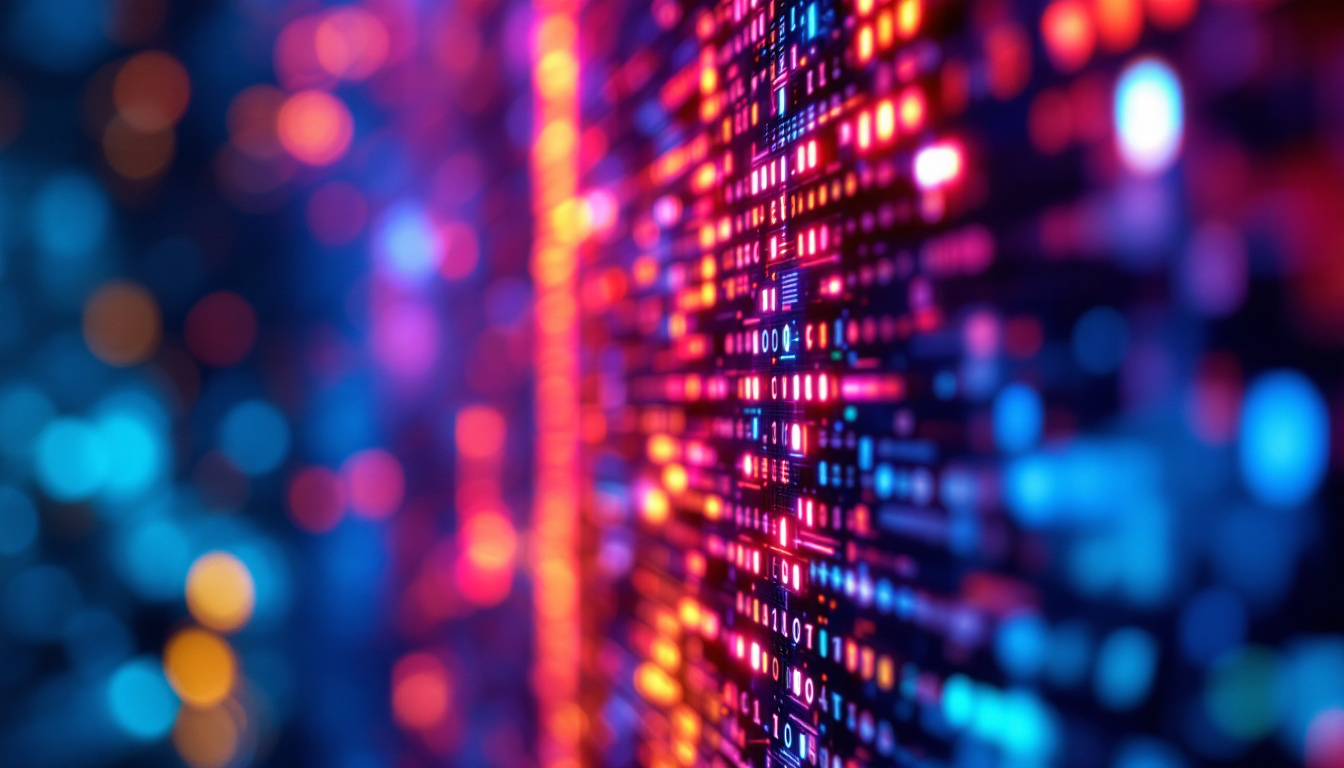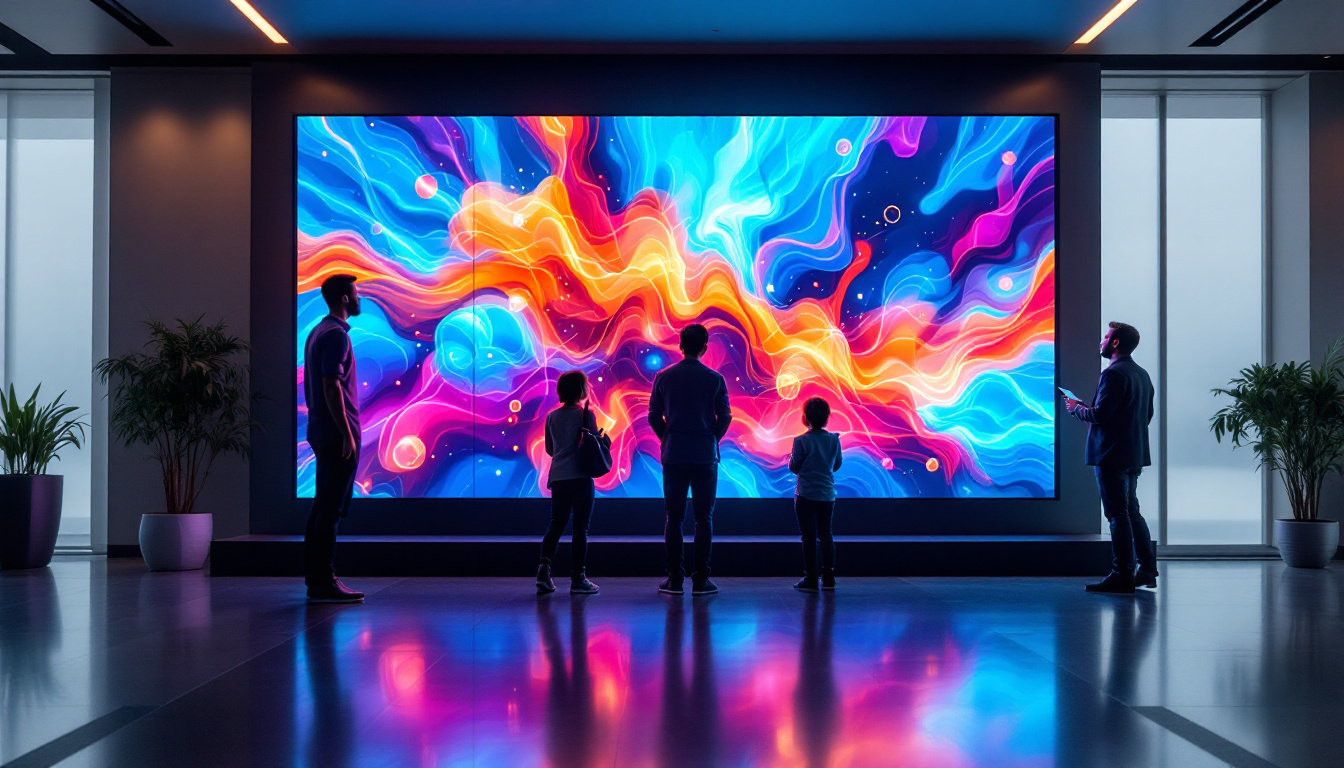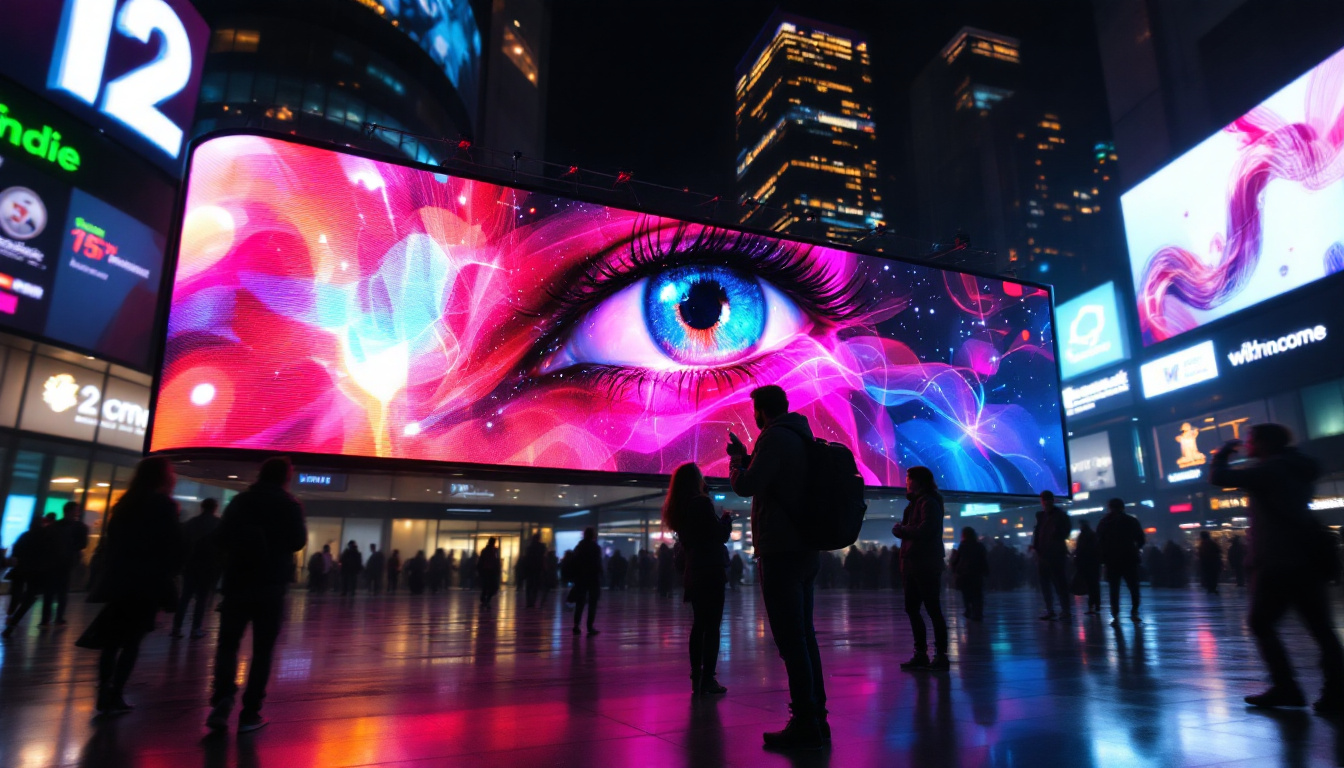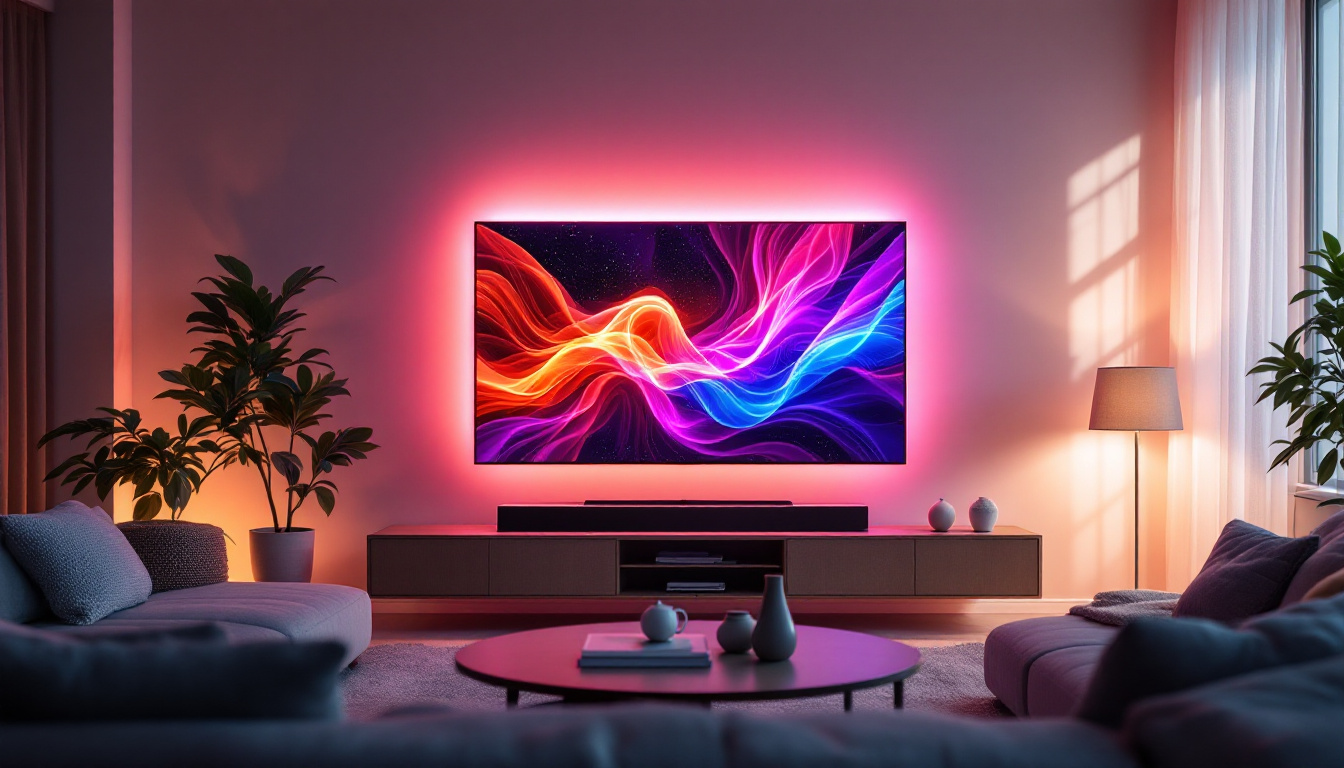In recent years, LED displays have transformed the landscape of advertising and entertainment, captivating audiences with their vibrant colors and dynamic content. From towering billboards showcasing iconic characters like Godzilla to whimsical 3D cat displays, the evolution of LED technology has opened up new avenues for creativity and engagement. This article delves into the fascinating world of LED displays, exploring their technology, applications, and the innovative designs that have emerged.
The Evolution of LED Technology
Understanding LED Basics
Light Emitting Diodes (LEDs) are semiconductor devices that emit light when an electric current passes through them. The technology has advanced significantly since its inception, transitioning from simple indicator lights to complex displays capable of producing a full spectrum of colors. This evolution has been driven by improvements in materials, manufacturing processes, and the integration of digital technology.
Modern LED displays consist of multiple individual LEDs arranged in a grid, allowing for high-resolution images and videos. The ability to control each LED independently enables the creation of dynamic content that can be updated in real-time, making them ideal for a variety of applications, from advertising to public information displays. Furthermore, advancements in LED technology have led to increased energy efficiency, drastically reducing power consumption compared to traditional lighting methods. This not only lowers operational costs but also contributes to a more sustainable environment, as LEDs have a significantly longer lifespan, resulting in less waste and fewer replacements.
Key Milestones in LED Development
The journey of LED technology began in the early 1960s with the development of the first visible-spectrum LED. Over the decades, significant milestones have marked its evolution:
- 1970s: The introduction of red and green LEDs, paving the way for early digital displays.
- 1990s: The advent of blue LEDs, which allowed for the creation of white light and full-color displays.
- 2000s: The rise of surface-mounted LEDs (SMD), which improved display quality and reduced production costs.
These milestones have culminated in the sophisticated LED displays seen today, capable of delivering stunning visuals and engaging experiences. The development of organic LEDs (OLEDs) in the 2000s further revolutionized the industry by allowing for thinner, more flexible screens with improved color accuracy and contrast. This technology has been embraced in everything from smartphones to large-scale television screens, showcasing the versatility and adaptability of LED technology across various platforms. Additionally, the integration of smart technology with LEDs has opened new avenues for interactive displays, enabling users to engage with content in innovative ways, such as through touch or motion sensors.
Applications of LED Displays
Advertising and Marketing
One of the most prominent applications of LED displays is in advertising. Brands leverage the eye-catching nature of LED technology to capture consumer attention in crowded urban environments. Billboards featuring animated graphics or video content can convey messages more effectively than traditional static advertisements.
For instance, the Godzilla head display in Tokyo’s Shinjuku district has become a landmark, attracting tourists and locals alike. Its lifelike movements and sound effects create an immersive experience that resonates with audiences, enhancing brand visibility and engagement. This type of dynamic advertising not only draws in foot traffic but also encourages social media sharing, as people often capture and post photos of such striking displays, further amplifying the brand’s reach.
Entertainment and Events
LED displays have revolutionized the entertainment industry, providing vibrant backdrops for concerts, festivals, and sporting events. Large-scale LED screens can display live feeds, graphics, and animations, enhancing the overall experience for attendees.
Moreover, the flexibility of LED technology allows for creative stage designs. For example, 3D cat billboards, which utilize advanced visual effects, can create the illusion of depth and movement, captivating audiences and making performances more memorable. Additionally, LED displays can be synchronized with music and performances, creating a cohesive and immersive atmosphere that elevates the audience’s emotional connection to the event. This integration of technology and artistry not only enhances the visual appeal but also transforms the way stories are told in live performances.
Public Information and Safety
Beyond advertising and entertainment, LED displays play a crucial role in public information systems. Traffic signs, emergency alerts, and wayfinding displays utilize LED technology to convey important messages quickly and effectively. Their visibility in various lighting conditions ensures that information is accessible to all.
In urban areas, LED displays can also serve as platforms for community engagement, providing updates on local events, weather conditions, and safety alerts. This multifaceted application underscores the versatility of LED technology in enhancing public communication. Furthermore, during emergencies, LED displays can be programmed to deliver real-time information, guiding citizens to safety and providing crucial updates. This capability not only fosters a sense of security but also promotes community awareness, making LED displays an indispensable tool in modern urban planning and public safety initiatives.
Innovative Designs in LED Displays
3D and Holographic Displays
The advent of 3D and holographic displays has taken LED technology to new heights. These displays create the illusion of three-dimensional objects floating in mid-air, captivating audiences with their futuristic appeal. By utilizing advanced projection techniques and LED technology, designers can craft experiences that blur the line between reality and imagination.
For example, a 3D cat billboard might feature a playful feline that appears to leap off the screen, engaging viewers in a way that traditional advertisements cannot. This innovative approach not only attracts attention but also fosters a deeper emotional connection with the audience. Moreover, these displays are increasingly being used in various sectors, from entertainment to education, where they can enhance storytelling and learning experiences. Museums, for instance, are adopting holographic displays to bring historical figures to life, allowing visitors to interact with them in a way that feels personal and immersive.
Interactive LED Displays
Interactivity is another exciting trend in LED display design. Touch-sensitive screens and motion-activated displays allow users to engage directly with the content, creating a more personalized experience. Retailers are increasingly adopting interactive LED displays to enhance customer engagement, allowing shoppers to explore products and promotions in an immersive way.
These interactive elements can transform a passive viewing experience into an active one, encouraging consumers to spend more time engaging with the brand. This shift towards interactivity is reshaping the landscape of advertising and retail. For instance, some stores have implemented gesture-controlled displays that let customers browse through product catalogs without touching the screen, making the shopping experience both hygienic and innovative. Additionally, gamification elements are being integrated into these displays, turning product exploration into a fun and rewarding activity, which can lead to increased sales and customer loyalty.
Environmental Considerations
As the demand for LED displays grows, so does the need for sustainable practices in their production and use. Many manufacturers are now focusing on energy-efficient designs and recyclable materials to minimize environmental impact. The longevity of LED technology also contributes to sustainability, as these displays typically have a longer lifespan than traditional lighting solutions.
Additionally, advancements in solar-powered LED displays are emerging, providing an eco-friendly alternative for outdoor advertising. These innovations reflect a growing awareness of the need for sustainability in technology and design. Furthermore, companies are exploring the use of biodegradable materials in the production of LED displays, aiming to reduce waste and promote a circular economy. As the industry evolves, the integration of smart technologies that optimize energy consumption based on real-time usage patterns is becoming more prevalent, paving the way for a greener future in digital advertising and display technology.
The Future of LED Displays
Technological Advancements
Looking ahead, the future of LED displays appears promising, with continuous advancements on the horizon. Emerging technologies such as MicroLED and OLED are set to enhance display quality and energy efficiency further. MicroLED technology, in particular, offers the potential for even higher resolutions and improved color accuracy, making it an exciting development for the industry.
As these technologies mature, they will likely lead to more versatile and innovative display solutions, expanding the possibilities for creative applications in advertising, entertainment, and beyond.
Integration with Augmented and Virtual Reality
Another exciting frontier for LED displays is their integration with augmented reality (AR) and virtual reality (VR). As these technologies gain traction, the potential for immersive experiences that combine physical and digital elements becomes increasingly feasible.
Imagine walking past a 3D cat billboard that not only displays a dynamic visual but also interacts with AR applications on smartphones or smart glasses. This level of integration could redefine how audiences engage with content, creating a seamless blend of reality and digital storytelling.
Global Trends and Market Growth
The global market for LED displays is expected to continue its robust growth, driven by increasing demand across various sectors. As businesses recognize the value of dynamic and engaging advertising, investments in LED technology are likely to rise. Additionally, the ongoing shift towards digital and interactive displays will further fuel market expansion.
Regions such as Asia-Pacific are poised to lead this growth, with cities like Tokyo and Shanghai at the forefront of innovative LED display implementations. As urbanization continues, the demand for eye-catching displays in public spaces will remain strong, shaping the future of advertising and communication.
Conclusion
LED displays have come a long way since their inception, evolving into powerful tools for communication, advertising, and entertainment. The captivating visuals and interactivity they offer have transformed how brands connect with their audiences. From Godzilla heads to 3D cat billboards, the creativity and innovation in LED display design are limitless.
As technology continues to advance, the possibilities for LED displays will only expand, promising exciting developments in the years to come. By embracing sustainability and integrating with emerging technologies, the future of LED displays looks bright, ensuring they remain a vital part of our visual landscape.
Illuminate Your Brand with LumenMatrix
Ready to elevate your advertising and entertainment experiences with cutting-edge LED technology? Discover LumenMatrix’s innovative solutions, from Indoor and Outdoor LED Wall Displays to Custom and All-in-One LED Displays. Embrace the future of visual communication with our LED Transparent Displays and captivate your audience like never before. Check out LumenMatrix LED Display Solutions today and transform your brand’s visibility with unparalleled clarity and impact.

